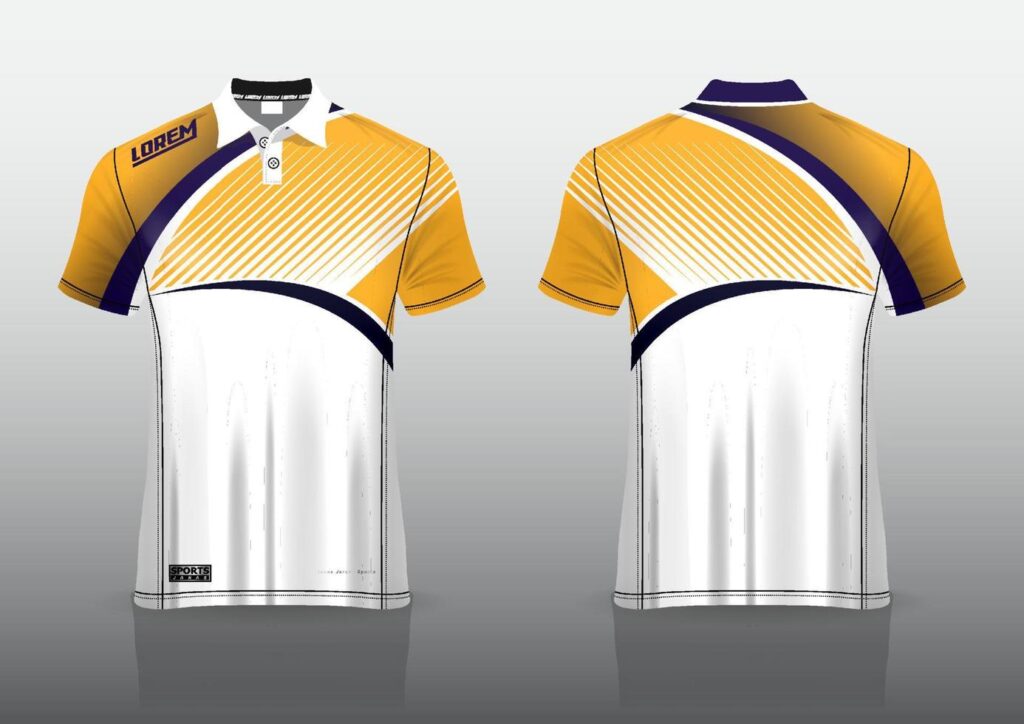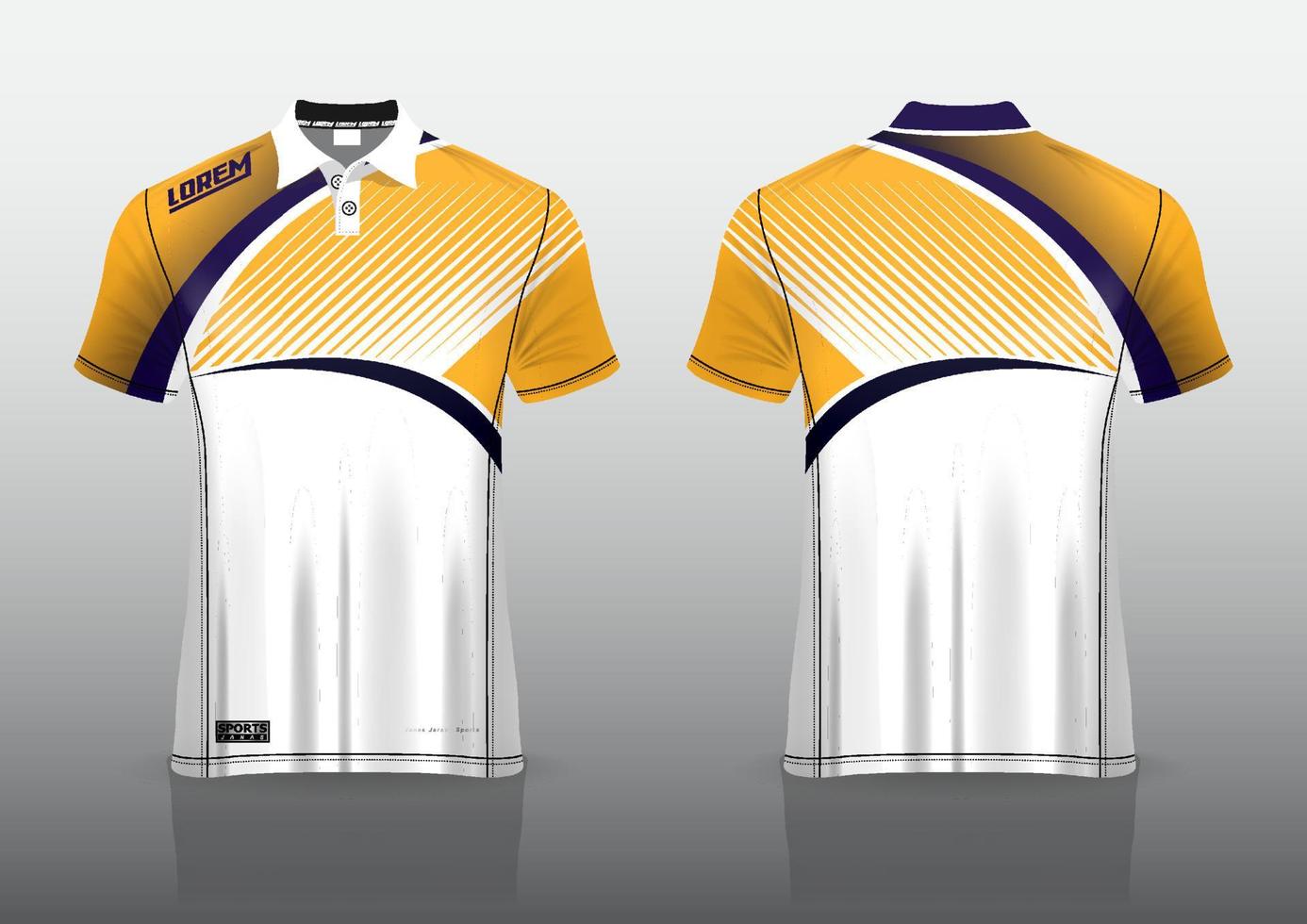
In the world of uniforms, standing out is more important than ever. Whether it’s for a sports team, a corporate environment, or a special event, unique uniform designs can significantly impact how a group is perceived. These designs go beyond mere aesthetics; they reflect the values, identity, and spirit of the organization or team they represent. Crafting a distinct uniform requires creativity, an understanding of trends, and a deep connection to the brand’s essence.
The Importance of First Impressions
The phrase “dress to impress” is not just a cliché; it’s a powerful truth in branding. Uniforms are often the first thing people notice about a group, whether it’s employees at a high-end hotel, a sports team entering the field, or staff at a bustling restaurant. Unique uniform designs play a crucial role in creating that first impression. A well-designed uniform immediately communicates professionalism, cohesion, and brand identity. When a uniform is thoughtfully designed, it becomes a powerful tool for non-verbal communication, setting the tone for how a brand is perceived by its audience.
For instance, consider the hospitality industry. Guests often form their first impression of a hotel based on how the staff is dressed. A uniform that is both stylish and functional can convey a sense of luxury, attention to detail, and high standards. In contrast, a poorly designed or generic uniform might suggest a lack of care or originality. By investing in unique uniform designs, businesses can ensure that their first impression is not only positive but also memorable.
The Role of Creativity in Uniform Design
Creativity is at the heart of unique uniform designs. It’s about more than just choosing colours and fabrics; it’s about creating something that resonates with the brand’s identity while also being practical and comfortable for those who wear it. Designers often draw inspiration from various sources, including the brand’s history, cultural influences, and current fashion trends. The challenge lies in balancing these elements to create a uniform that is both visually appealing and functional.
One way to infuse creativity into uniform design is by incorporating elements that reflect the brand’s story. For example, a tech start-up might opt for futuristic designs with sleek lines and innovative fabrics to emphasize its forward-thinking approach. On the other hand, a heritage brand might choose classic cuts and traditional materials to reflect its long-standing history and commitment to quality. The key is to ensure that the uniform is not only unique but also aligned with the brand’s message and values.
The Evolution of Uniform Trends
Uniform design has come a long way over the years. Gone are the days when uniforms were solely about function and conformity. Today, there is a growing emphasis on individuality, diversity, and inclusivity in uniform design. Brands are increasingly recognizing the importance of catering to a wide range of body types, gender identities, and cultural backgrounds in their unique uniform designs.
One of the significant trends in recent years has been the shift towards sustainable and eco-friendly materials. As consumers become more environmentally conscious, brands are under pressure to adopt sustainable practices, and this extends to uniform design. Organic cotton, recycled polyester, and bamboo fabrics are just some of the materials being used in modern uniforms. These materials not only reduce the environmental impact but also offer unique textures and aesthetics that set them apart from conventional fabrics.
Another trend is the integration of technology into uniform design. Smart fabrics that regulate temperature, wick away moisture, or even charge electronic devices are becoming increasingly popular. These innovations add a layer of functionality to unique uniform designs, making them not only stylish but also highly practical.
Customization: Making Uniforms Truly Unique
One of the most effective ways to create unique uniform designs is through customization. Custom uniforms allow brands to tailor every aspect of the design to their specific needs and preferences. This includes everything from the choice of colours and fabrics to the placement of logos and the cut of the garment. By customizing uniforms, brands can ensure that their uniforms are truly one-of-a-kind and reflect their unique identity.
Customization also allows for greater flexibility in design. Brands can experiment with different styles, patterns, and embellishments to create a uniform that stands out. For example, a restaurant might choose to incorporate elements of its cuisine or cultural influences into the uniform design. A Mexican restaurant could include embroidered patterns inspired by traditional textiles, while a seafood restaurant might opt for nautical-themed colours and designs. The possibilities are endless, and the result is a uniform that is both unique and meaningful.
The Impact of Colour in Uniform Design
Colour plays a crucial role in unique uniform designs. The right colour palette can evoke specific emotions, reinforce brand identity, and make the uniform more visually appealing. Designers often use colour psychology to guide their choices, selecting hues that align with the brand’s message and target audience.
For example, blue is often associated with trust, professionalism, and calmness, making it a popular choice for corporate uniforms. Red, on the other hand, is bold and attention-grabbing, symbolizing energy and passion. It’s often used in uniforms for sports teams or brands that want to convey a sense of dynamism. Neutral colours like black, white, and grey are timeless and versatile, offering a sophisticated and modern look that works well in a variety of settings.
In addition to the primary colour, accent colours can also play a significant role in unique uniform designs. These are often used to highlight specific details, such as logos, trims, or accessories, adding an extra layer of visual interest. The combination of primary and accent colours should be carefully considered to ensure harmony and balance in the overall design.
Functionality Meets Fashion
While aesthetics are important, unique uniform designs must also be functional. A uniform that looks great but is uncomfortable or impractical to wear will not be effective in the long run. Designers need to consider factors such as the working environment, the tasks the wearer will perform, and the climate when choosing fabrics and styles.
For example, in industries where employees are on their feet all day, such as retail or hospitality, uniforms should be made from breathable, lightweight fabrics that allow for ease of movement. In contrast, uniforms for outdoor work, such as construction or landscaping, might require durable, weather-resistant materials that can withstand harsh conditions.
The design should also take into account the need for practicality. Pockets, zippers, and adjustable features can add functionality to the uniform, making it more convenient for the wearer. In some cases, the uniform may need to incorporate safety features, such as reflective strips for visibility or flame-resistant fabrics for high-risk environments. The challenge is to integrate these practical elements into the design without compromising on style or uniqueness.
Case Studies: Brands with Unique Uniform Designs
To better understand the impact of unique uniform designs, let’s take a look at some brands that have successfully used uniforms to enhance their brand identity.
Starbucks: The global coffee chain is known for its distinctive green aprons, which have become synonymous with the brand. However, Starbucks also allows its baristas to express their individuality by customizing their aprons with pins, patches, and other accessories. This blend of uniformity and personalization creates a unique and recognizable look that reinforces the brand’s image as welcoming and inclusive.
Virgin Atlantic: The airline is famous for its bold and stylish uniforms designed by British fashion designer Vivienne Westwood. The uniforms feature striking red hues and sharp tailoring, reflecting the brand’s image as a trendsetter in the aviation industry. The use of sustainable materials and innovative design elements further adds to the uniqueness of the uniform.
McDonald’s: In 2017, McDonald’s introduced new uniforms designed by fashion designers Waraire Boswell and Bindu Rivas. The sleek, modern designs in muted colours marked a departure from the brand’s previous bright and playful uniforms. The new look was intended to create a more contemporary and professional image for the brand, while still being comfortable and functional for employees.
These examples demonstrate how unique uniform designs can be a powerful tool for brand differentiation. By investing in thoughtful and creative design, brands can create uniforms that not only serve a practical purpose but also enhance their overall image and identity.
The Future of Uniform Design
As we look to the future, it’s clear that unique uniform designs will continue to evolve in response to changing trends, technologies, and consumer expectations. Sustainability will likely play an even more significant role, with brands seeking out eco-friendly materials and production methods to meet the growing demand for environmentally responsible products.
Technology will also continue to influence uniform design, with innovations such as smart fabrics, wearable tech, and 3D printing opening up new possibilities for customization and functionality. These advancements will allow designers to create uniforms that are not only unique but also highly personalized and adaptive to the wearer’s needs.
In addition to these trends, there will likely be a continued focus on inclusivity and diversity in uniform design. As brands strive to cater to a global audience, they will need to create uniforms that reflect a wide range of cultural identities, body types, and gender expressions. This will require a more nuanced approach to design, with an emphasis on flexibility, adaptability, and respect for individuality.
Conclusion: The Power of Unique Uniform Designs
In a world where first impressions matter, unique uniform designs offer a powerful way for brands to distinguish themselves. By combining creativity, functionality, and an understanding of brand identity, designers can create uniforms that are not only visually striking but also meaningful and memorable. Whether it’s through customization, innovative materials, or thoughtful use of colour, the possibilities for unique uniform designs are endless. As trends continue to evolve, the most successful brands will be those that embrace these opportunities and use them to create uniforms that truly set them apart.
Investing in unique uniform designs is not just about creating a visually appealing outfit; it’s about making a statement, telling a story, and connecting with your audience on a deeper level. For businesses and organizations looking to make a lasting impression, the uniform is not just clothing—it’s a vital component of the brand’s identity.

